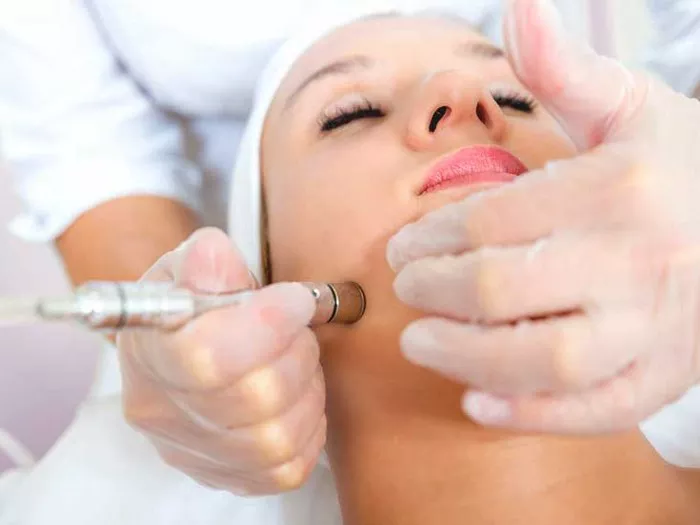Dermaplaning has gained popularity as a cosmetic procedure that exfoliates the skin and removes fine vellus hair, commonly known as “peach fuzz.” Many individuals are curious about the effects of dermaplaning on hair regrowth and whether it will lead to thicker hair. This article aims to provide a comprehensive overview of dermaplaning, its impact on hair growth, and dispel any myths surrounding this topic.
Understanding Dermaplaning
Dermaplaning is a non-invasive procedure that involves using a sterile surgical scalpel to gently scrape away the top layer of dead skin cells and fine facial hair. It is typically performed by licensed skincare professionals and dermatologists. The procedure aims to reveal smoother, brighter skin, improve the absorption of skincare products, and create a more even complexion.
The Science Behind Hair Growth
To understand the potential effects of dermaplaning on hair regrowth, it’s important to delve into the science of hair growth. The thickness and growth rate of hair are primarily determined by genetics, hormonal factors, and age. The hair growth cycle consists of three phases: anagen (growth), catagen (transitional), and telogen (resting). During the anagen phase, hair actively grows from the follicle, and dermaplaning does not alter the factors that influence this process.
Dispelling the Myth of Thicker Hair Regrowth
One of the common misconceptions surrounding dermaplaning is that it leads to thicker hair regrowth. However, this notion is not supported by scientific evidence. The vellus hair removed during dermaplaning is fine and short, and its removal does not affect the hair follicles responsible for terminal hair—the thicker, coarser hair that appears on the scalp, eyebrows, and other body parts. Therefore, dermaplaning does not stimulate the follicles to produce thicker hair.
Impact on Hair Texture
While dermaplaning does not influence hair thickness, some individuals may notice a temporary change in hair texture after the procedure. The regrown vellus hair may initially feel different due to its blunt tip, but this effect is not a result of increased thickness. Over time, as the hair naturally tapers at the end, any perceived change in texture will diminish.
Post-Dermaplaning Hair Care
Proper aftercare is essential to ensure optimal results and minimize potential side effects. Dermatologists recommend using a gentle cleanser and moisturizer to keep the skin hydrated and protected. It’s important to avoid direct sun exposure and to apply broad-spectrum sunscreen to protect the newly exposed skin from UV damage. As for the regrown vellus hair, no specific aftercare is required, as it will naturally shed and regrow as part of the normal hair growth cycle.
Managing Expectations
It’s crucial for individuals considering dermaplaning to have realistic expectations about the results. While the procedure offers benefits for exfoliating the skin and improving its appearance, it should not be viewed as a method for achieving thicker hair. Those seeking to address concerns related to hair thickness should explore alternative options, such as discussing their goals with a dermatologist who can provide tailored advice based on their individual needs.
Conclusion
In conclusion, dermaplaning is an effective cosmetic procedure for exfoliating the skin and removing fine vellus hair. However, the notion that dermaplaning leads to thicker hair regrowth is a misconception. The procedure does not alter the factors that determine hair thickness, and any changes in hair texture are temporary and unrelated to increased thickness. As individuals consider dermaplaning, they should have realistic expectations and consult with skincare professionals to achieve the best possible results for their skincare goals.


